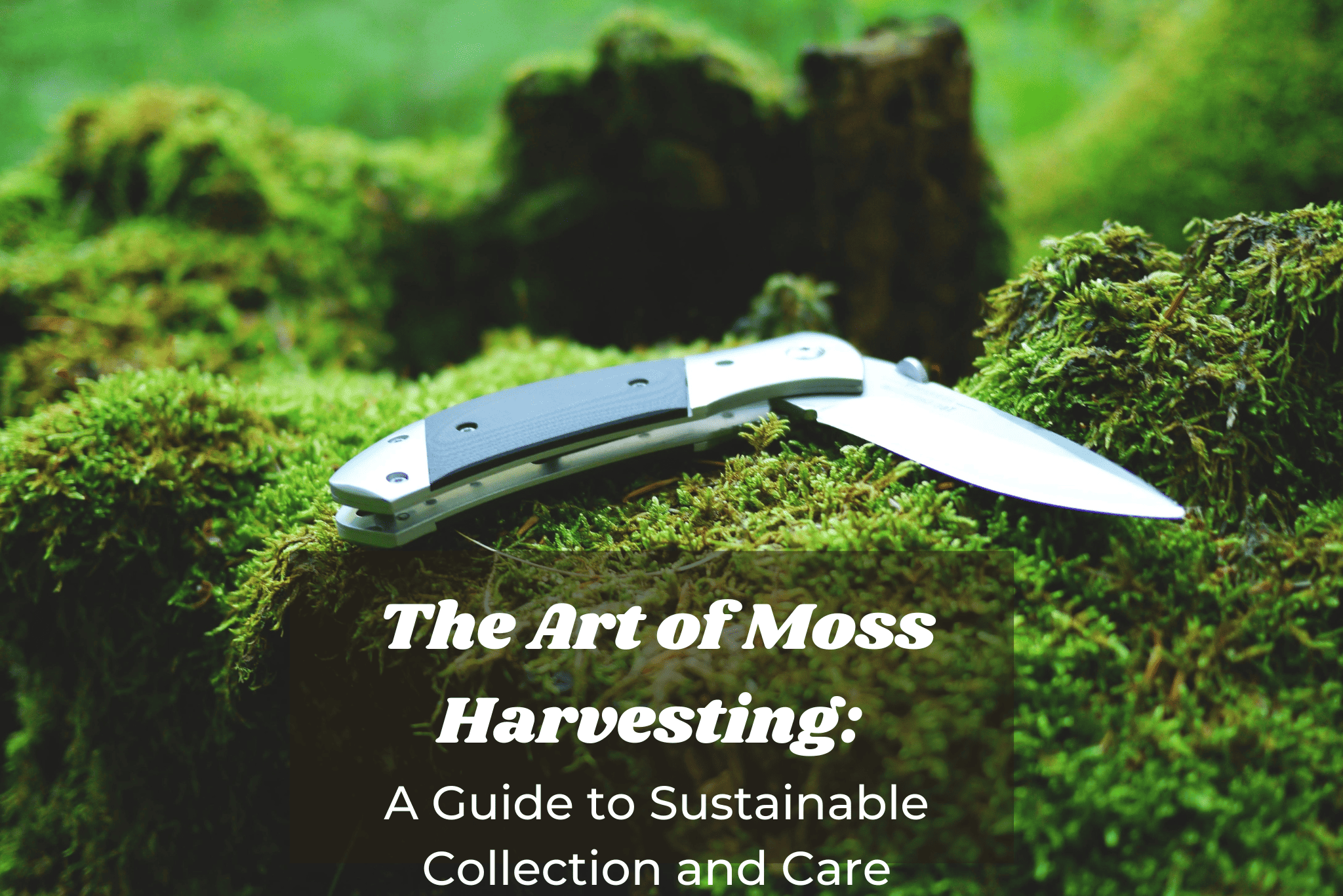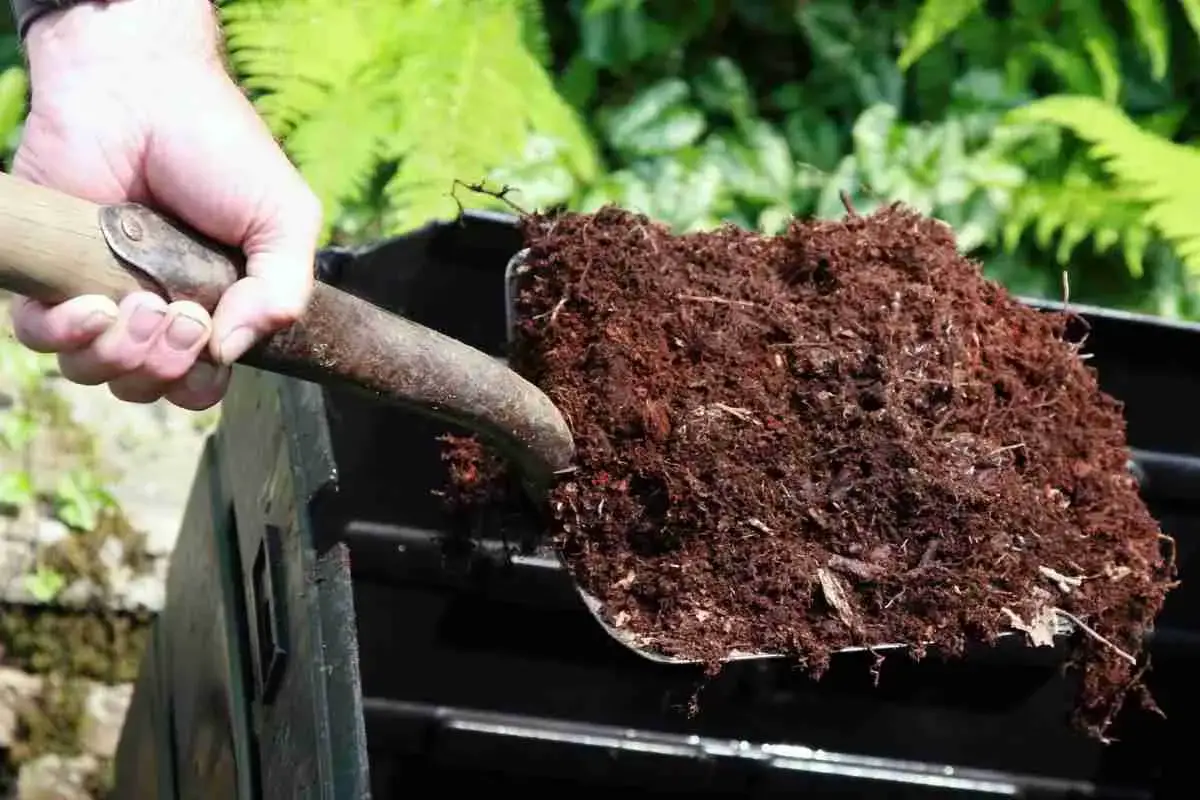
Can Moss Be Composted? Composting Moss
Read more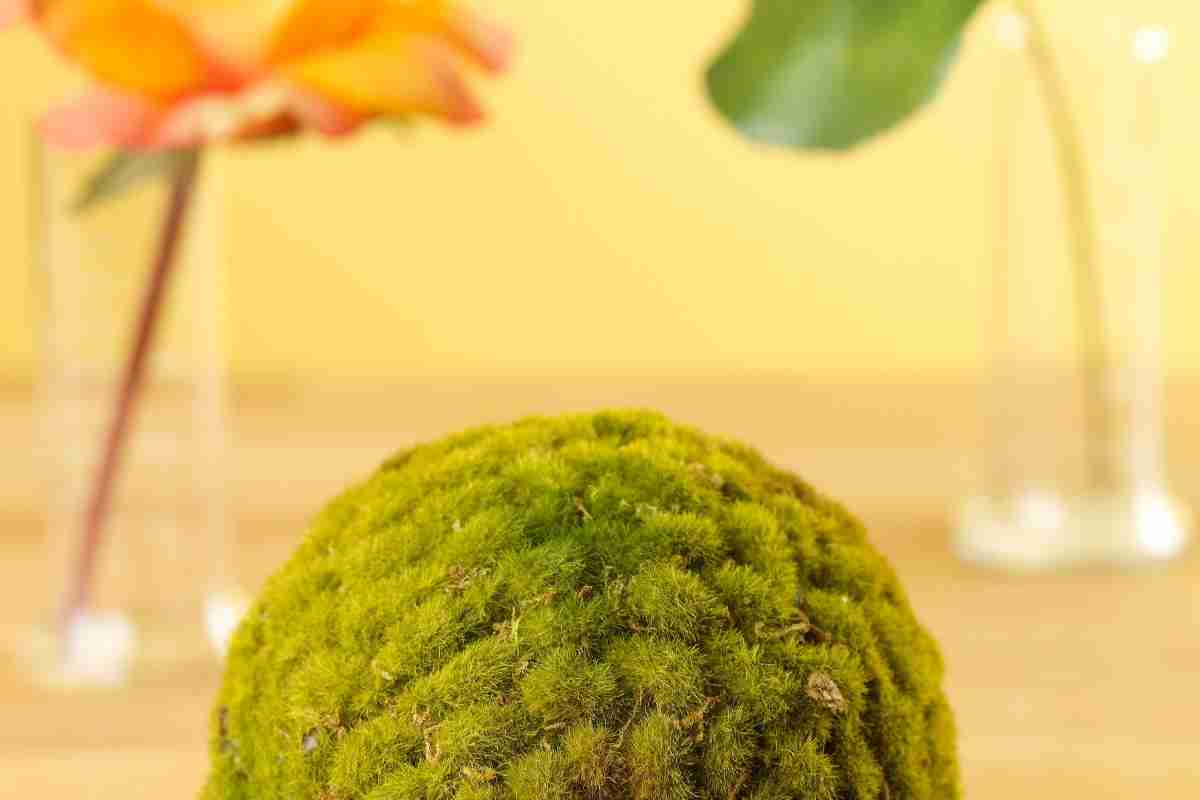
Do Moss Balls Have Worms? Is It Normal?
Read more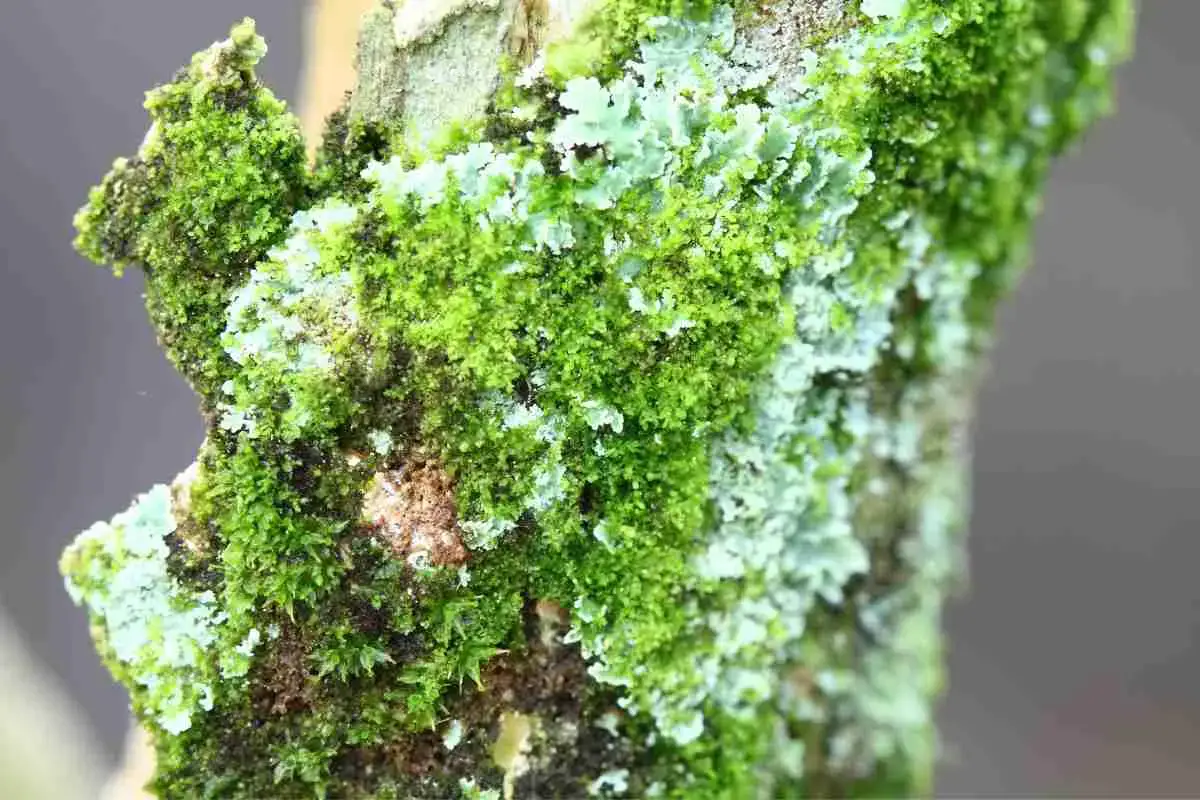
What Do Lichens Eat?
Read more
How to Grow Moss on Rocks and Impress Your Friends (or Enemies)
Read more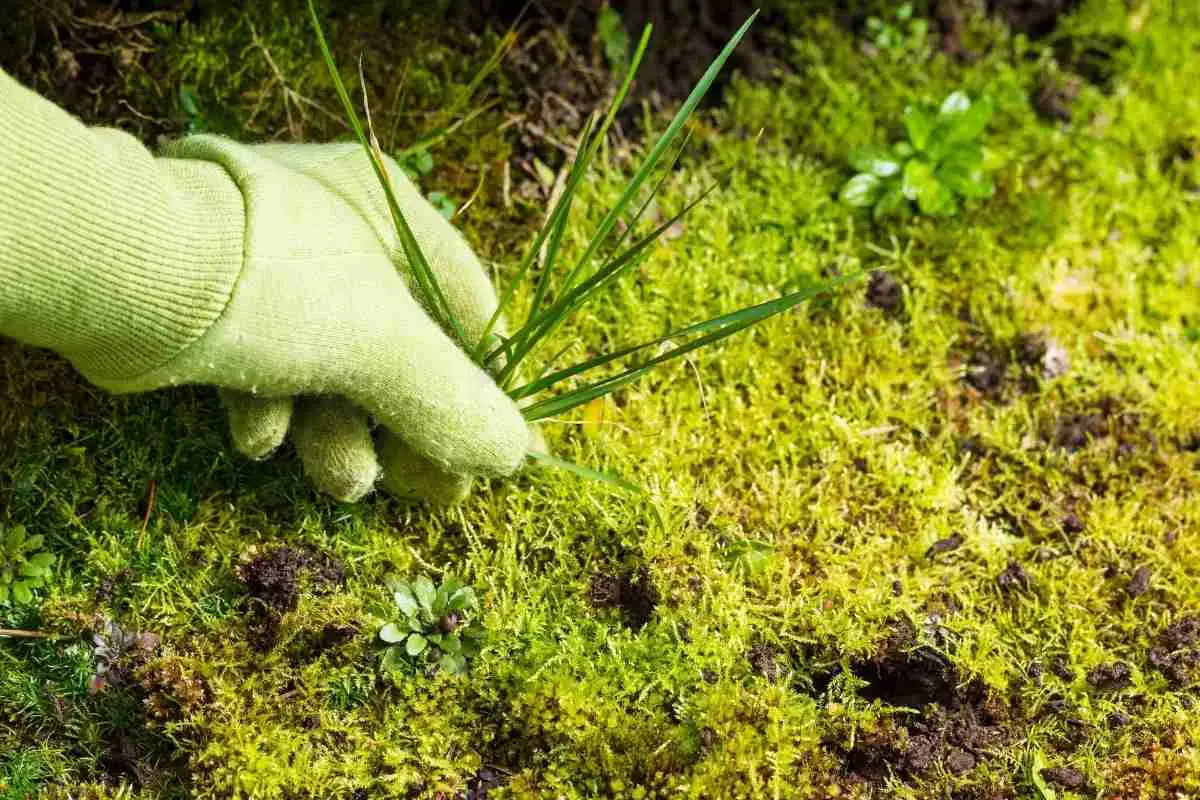
8 Simple Tips For Keeping Moss Alive!
Read more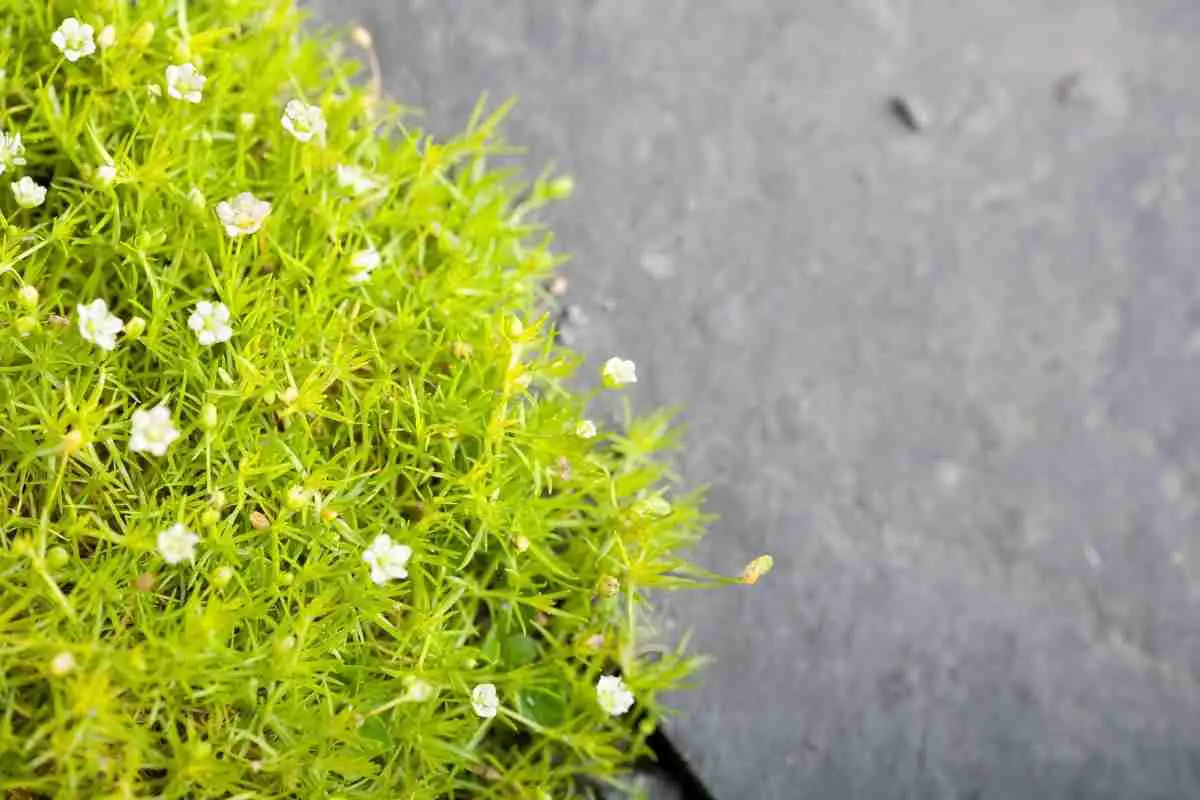
How Fast Does Irish Moss Spread?
Read more
Can Rabbits Eat Moss?
Read more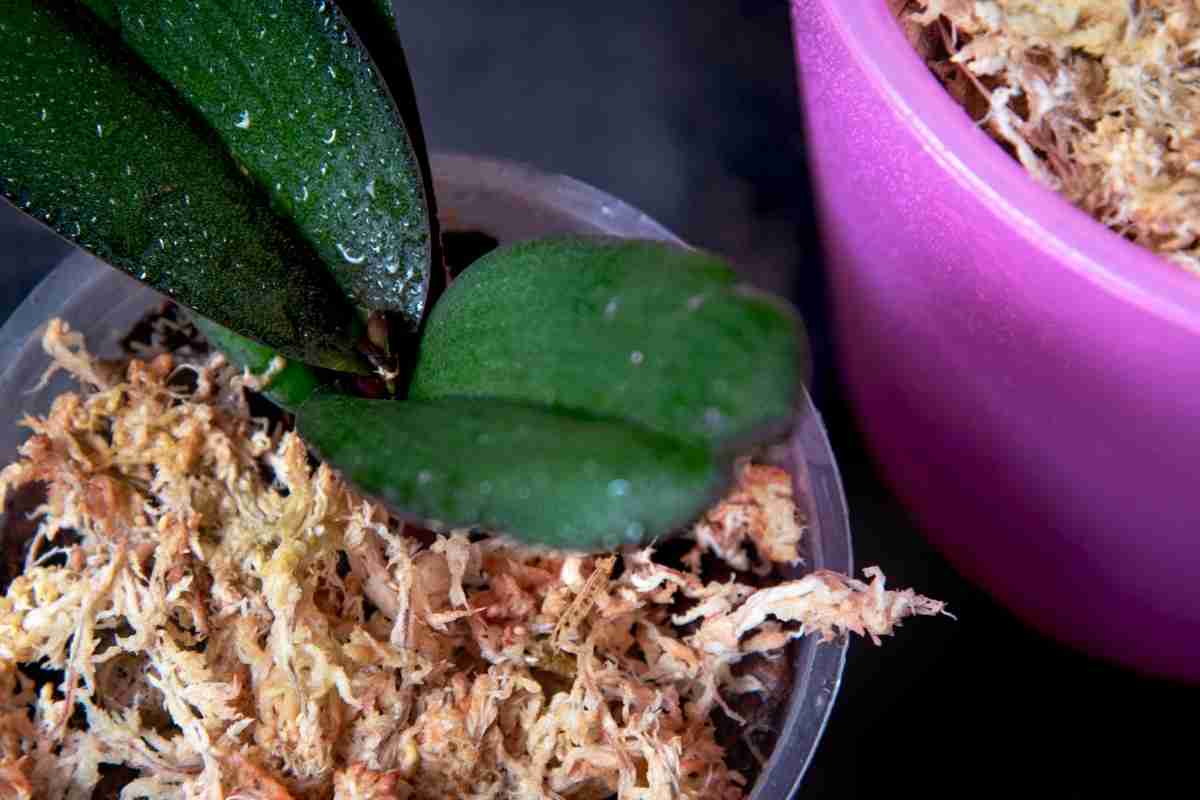
Can Dried Sphagnum Moss Come Back To Life?
Read more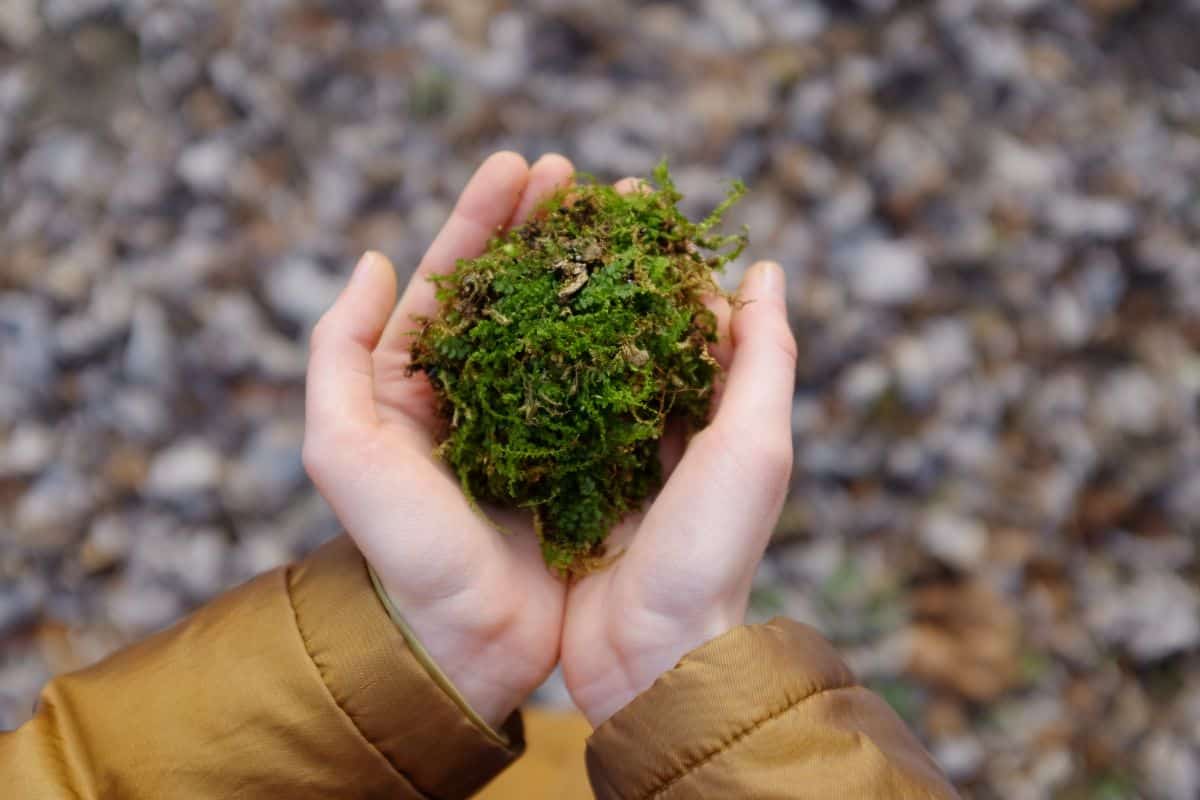
How Long Does Sphagnum Moss Last?
Read more
7 Easy Methods For Getting Rid Of Moss On A Patio
Read more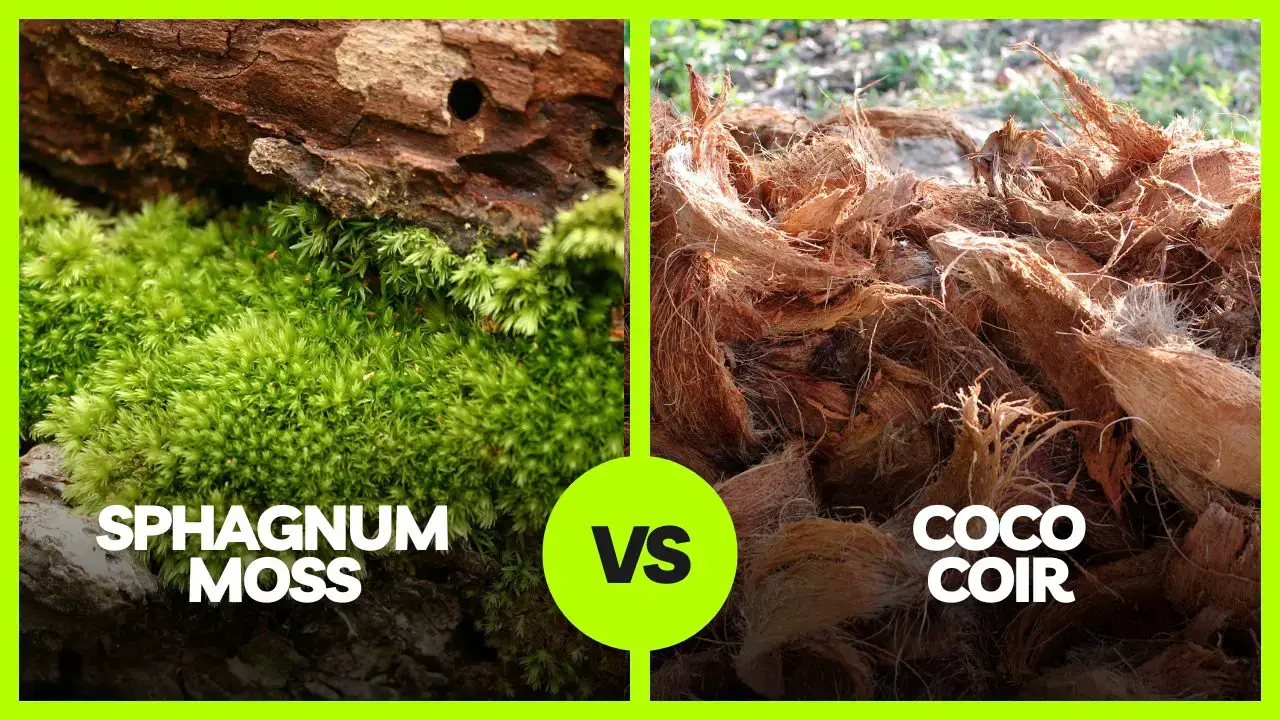
Sphagnum moss pole vs Coir pole. Which one is best for your houseplants?
Read more